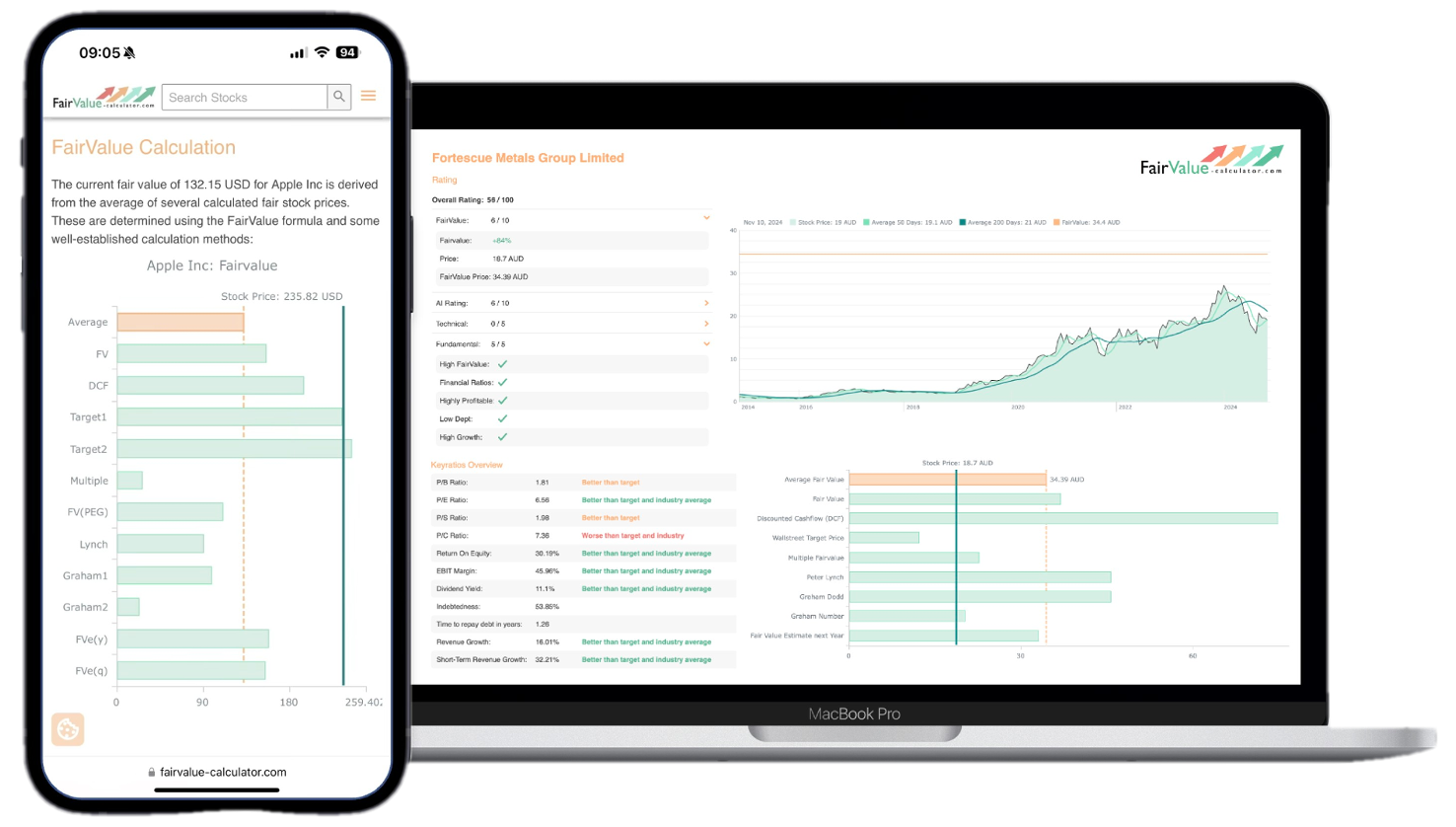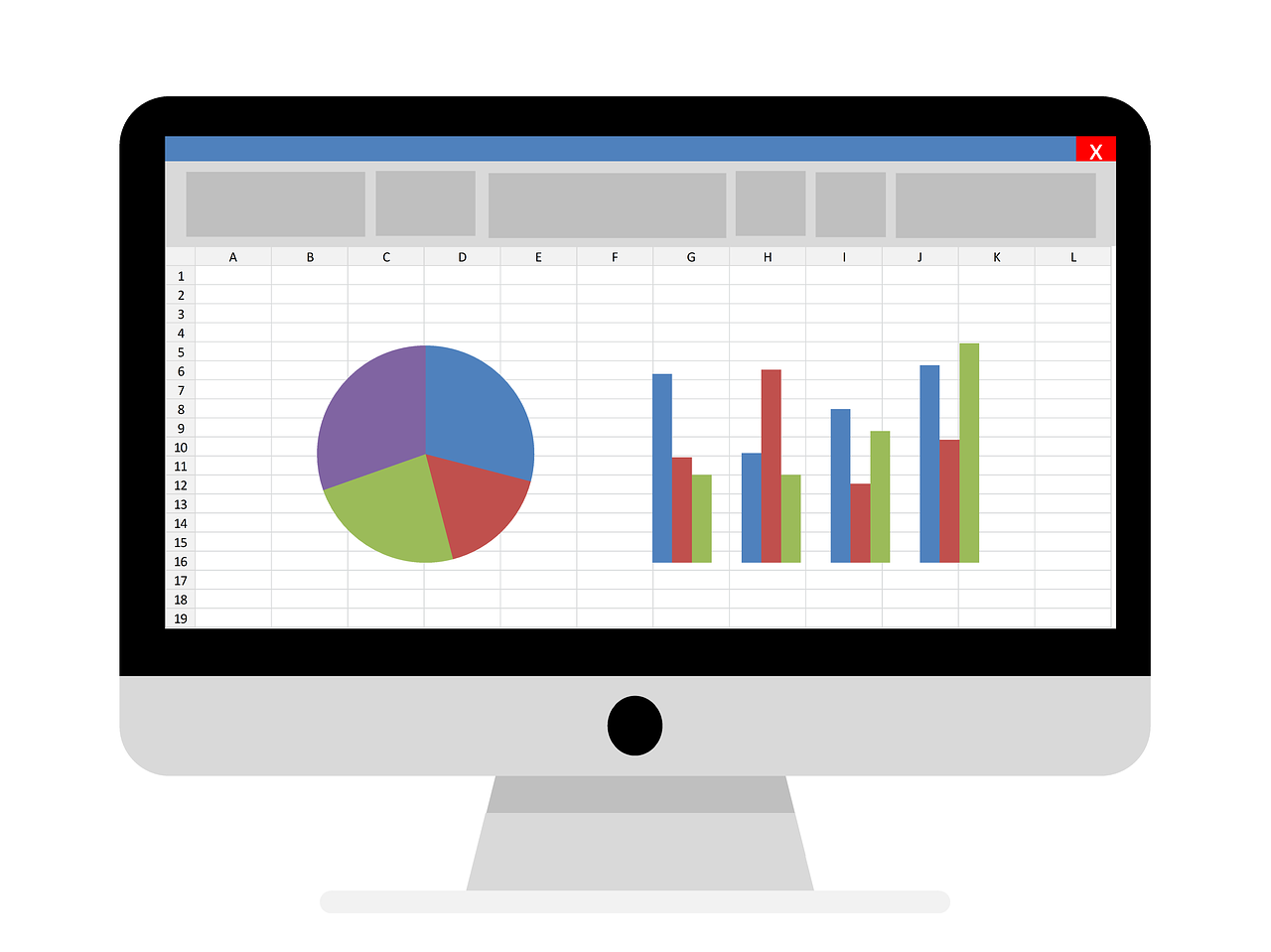Have you ever wondered if the price tag attached to your latest investment truly reflects its worth? In the intricate world of finance, understanding the fair value of real estate, bonds, options, and derivatives can mean the difference between a savvy investment and a costly misstep. Whether you’re a seasoned investor or just stepping into the financial arena, grasping the essence of fair value is crucial. It’s not just about numbers on a page; it’s about understanding market dynamics, potential growth, and the inherent risks involved.
Investors often find themselves wading through a sea of data, trying to ascertain whether an asset is fairly valued. But beneath the surface lies an opportunity—by decoding fair value, you can uncover hidden gems or sidestep potential pitfalls. In today’s unpredictable markets, relying on gut instinct alone isn’t enough. This journey into the depths of fair value will illuminate the essential techniques and tools that financial experts use to evaluate these diverse assets. Are you ready to demystify the financial landscape and ensure your investments are truly worthwhile? Let’s delve into the meticulous art of decoding fair value.
💡 Discover Powerful Investing Tools
Stop guessing – start investing with confidence. Our Fair Value Stock Calculators help you uncover hidden value in stocks using time-tested methods like Discounted Cash Flow (DCF), Benjamin Graham’s valuation principles, Peter Lynch’s PEG ratio, and our own AI-powered Super Fair Value formula. Designed for clarity, speed, and precision, these tools turn complex valuation models into simple, actionable insights – even for beginners.
Learn More About the Tools →
Understanding Fair Value in Real Estate
When we ask, “What is the fair value of real estate?” we’re really seeking an objective price that reflects current market conditions and future income potential. Fair value of real estate goes beyond the sticker price of a property. It incorporates comparable sales, rental yields, development prospects, and macroeconomic indicators like interest rates and employment trends. Professional appraisers often use methods such as the income capitalization approach, which projects future cash flows from rent or lease and discounts them to present value. Meanwhile, the sales comparison approach relies on recent transactions of similar properties in the same locale, adjusting for differences in size, condition, and amenities.
Factors like location quality, zoning regulations, and demographic shifts play critical roles in determining fair value of real estate. For investors, understanding local supply and demand—new construction starts versus housing inventory—helps gauge whether a property is undervalued or overpriced. Market sentiment and investor appetite for tangible assets can also influence valuations. Moreover, macroeconomic events such as changes in central bank policy or fiscal stimulus can drive property prices up or down, impacting both residential and commercial holdings. Ultimately, decoding the fair value of real estate requires a comprehensive analysis of quantitative data and qualitative insights into market dynamics.
🚀 Test the Fair Value Calculator Now!
Find out in seconds whether your stock is truly undervalued or overpriced – based on fundamentals and future growth.
Try it for Free →Evaluating Fair Value in Bonds
Determining the fair value of bonds hinges on discounting future coupon payments and principal repayment back to present terms using appropriate yield curves. Fair value of bonds is essentially the present value of all expected cash flows, adjusted for credit risk and prevailing interest rates. When interest rates rise, bond prices fall, and vice versa. The duration of a bond measures its sensitivity to these rate changes: longer-duration bonds exhibit greater price volatility. To evaluate a bond’s fair value, investors examine yield spreads over risk-free benchmarks, such as government Treasuries, to account for credit quality differences.
Investment-grade bonds, high-yield corporate debt, or municipal bonds each carry varying degrees of credit risk and liquidity profiles. Rating agencies provide default probabilities, which investors incorporate into discount rates when calculating fair value. In volatile markets, liquidity premiums may inflate a bond’s required yield, pushing its fair value lower. Additionally, embedded options—callable or putable features—affect valuation because issuers or holders can alter cash flow timing. Understanding these complexities ensures investors can compare a bond’s market price to its theoretical fair value and decide whether to buy, hold, or sell.
Explore our most popular stock fair value calculators to find opportunities where the market price is lower than the true value.
- Peter Lynch Fair Value – Combines growth with valuation using the PEG ratio. A favorite among growth investors.
- Buffett Intrinsic Value Calculator – Based on Warren Buffett’s long-term DCF approach to determine business value.
- Buffett Fair Value Model – Simplified version of his logic with margin of safety baked in.
- Graham & Dodd Fair Value – Uses conservative earnings-based valuation from classic value investing theory.
- Intrinsic vs. Extrinsic Value – Learn the core difference between what a company’s really worth and what others pay.
- Intrinsic Value Calculator – A general tool to estimate the true value of a stock, based on earnings potential.
- Fama-French Model – For advanced users: Quantifies expected return using size, value and market risk.
- Discount Rate Calculator – Helps estimate the proper rate to use in any DCF-based valuation model.
Deciphering Fair Value in Options Trading
Options derive value from an underlying asset’s price, volatility, time to expiration, and risk-free interest rates. When exploring the fair value of options, traders often turn to mathematical models like Black-Scholes or binomial trees. These models break an option’s premium into intrinsic value—the difference between current asset price and strike price—and time value, which reflects the probability of further price movement before expiration. High volatility generally increases time value, as the chance of favorable price swings grows.
Beyond model outputs, market-implied volatility extracted from option prices can differ from historical volatility, signaling sentiment or demand imbalances. Fair value of options must also account for dividends on underlying stocks, early exercise risks (in American-style options), and transaction costs. Sophisticated traders might use Greeks—Delta, Gamma, Theta, Vega, and Rho—to measure sensitivity to price changes, time decay, volatility shifts, and interest rates. By combining theoretical pricing with real-time market data, investors can identify mispricings and craft strategies such as spreads, straddles, and butterflies to exploit discrepancies between market price and calculated fair value.
Unveiling Fair Value in Derivatives Market
Derivatives like futures, forwards, and swaps derive value from underlying commodities, currencies, or financial instruments. Understanding the fair value of derivatives involves theoretical pricing based on spot price, cost of carry, interest rates, and storage costs for physical commodities. Futures pricing, for example, uses the formula: Futures Price = Spot Price × e^(r×T), where r is the risk-free rate and T the time to maturity. This ensures no arbitrage opportunities exist between spot and futures markets.
Swaps—interest rate or currency swaps—are priced by equating present values of exchanged cash flows. Counterparty credit risk adjustments and collateral agreements further refine fair value. Regulatory frameworks, such as IFRS 13, mandate that derivative fair value considers observable market data, including yield curves, credit default swap spreads, and implied volatilities. By meticulously calibrating models with live market inputs, traders and risk managers can maintain accurate valuations, hedge exposures effectively, and comply with accounting and regulatory requirements.
Importance of Market Dynamics in Fair Value Assessment
Market dynamics—supply and demand imbalances, investor sentiment, macroeconomic indicators, and geopolitical events—play a pivotal role in shaping fair value. While quantitative models offer precise valuations under stable conditions, sudden shifts in interest rates, credit spreads, or volatility can dramatically alter fair value of real estate, bonds, options, and derivatives. High-frequency trading, algorithmic strategies, and liquidity constraints further introduce complexities that static models might not capture.
For instance, during a credit crisis, liquidity dries up, bid-ask spreads widen, and fair value calculations require liquidity discounts. Conversely, in bull markets, exuberance may drive prices above intrinsic values, creating bubbles. Recognizing these dynamics allows investors to adjust models with scenario analyses and stress testing. Incorporating real-time data feeds, economic forecasts, and sentiment indicators ensures that fair value assessments remain robust and responsive to evolving market conditions.
Techniques for Determining Fair Value
Financial analysts employ a variety of techniques to arrive at fair value. Discounted Cash Flow (DCF) analysis projects future cash flows and discounts them to present value, making it widely used for real estate and corporate valuations. Comparable analysis benchmarks similar assets or transactions, adjusting for unique features. In fixed income, yield curve fitting and credit spread modeling determine fair value of bonds.
Options and derivatives rely on specialized pricing models—Black-Scholes for European options, binomial and Monte Carlo simulations for path-dependent derivatives. Mark-to-market approaches use current market quotes to value assets and liabilities on the balance sheet. Hybrid methods, such as option-adjusted spread (OAS) analysis for mortgage-backed securities, combine cash flow modeling with volatility adjustments. By selecting the right technique for each asset class, investors can generate fair value estimates that reflect both theoretical rigor and practical market considerations.
Tools for Analyzing Fair Value
Modern finance leverages software platforms and analytical tools to streamline fair value calculations. Bloomberg Terminal and Refinitiv Eikon provide real-time market data, yield curves, credit spreads, and implied volatilities. Integrated analytics modules allow users to run DCF models, option pricing simulations, and scenario analyses within a unified interface. These platforms support calibration of pricing models against market benchmarks, enhancing accuracy.
For property investors, specialized real estate valuation software like Argus offers detailed cash flow modeling, lease roll schedules, and sensitivity analysis. Bond investors may use yield curve builders and credit risk models within Excel or dedicated fixed-income analytics tools. Open-source libraries—QuantLib for derivatives pricing or Python’s pandas for data analysis—empower quants to develop custom scripts. By combining robust data feeds with powerful computational engines, these tools make determining fair value of real estate, bonds, options, and derivatives efficient and transparent.
Risks Associated with Misinterpreting Fair Value
Mispricing an asset can lead to severe financial consequences. Overvaluing real estate may result in overleveraging and exposure to market downturns, while undervaluing bonds could lead to missed yield opportunities. In options and derivatives trading, incorrect volatility assumptions or discount rates can produce erroneous valuations, causing losses when hedges fail to perform as expected. Reliance on flawed models, poor data quality, or failure to account for liquidity risk compounds these dangers.
Regulatory scrutiny over fair value measurement—particularly for complex derivatives and illiquid instruments—means that misinterpretations can trigger compliance breaches and restatements. Model risk, operational errors, and cognitive biases further exacerbate valuation inaccuracies. Implementing rigorous validation processes, independent model reviews, and continuous backtesting can mitigate these risks, ensuring that fair value assessments remain reliable and defensible.
Real-World Applications of Fair Value Decoding
Mastering fair value has tangible benefits across finance. In mergers and acquisitions, accurate valuations of target company assets—including real estate holdings and outstanding debt—ensure fair deal pricing. Portfolio managers rely on fair value measures to rebalance holdings and optimize risk-adjusted returns, whether allocating capital to equities, fixed income, or derivative overlays. Hedge funds exploit mispricings between theoretical fair value and market price through arbitrage strategies.
Corporate treasuries use fair value estimates to manage interest rate and currency exposures via swaps and forwards. Accounting standards like IFRS 13 require entities to disclose fair value hierarchies and methodologies, enhancing transparency for investors and regulators. Even retail investors benefit from understanding fair value of real estate, bonds, options, and derivatives when comparing listings or evaluating structured products. Overall, decoding fair value empowers decision-makers to allocate resources efficiently, hedge risks effectively, and capitalize on market opportunities.
Conclusion: Mastering Fair Value for Sound Financial Decision-Making
Accurately decoding the fair value of real estate, bonds, options, and derivatives is fundamental to sound investment decisions. By combining robust analytical techniques with real-time market data and sophisticated tools, investors can identify true value and uncover mispricing opportunities.
Ultimately, understanding fair value helps mitigate risks, optimize portfolio performance, and navigate turbulent markets with confidence. With these insights, you’re better equipped to make informed, strategic choices and achieve your financial objectives.







